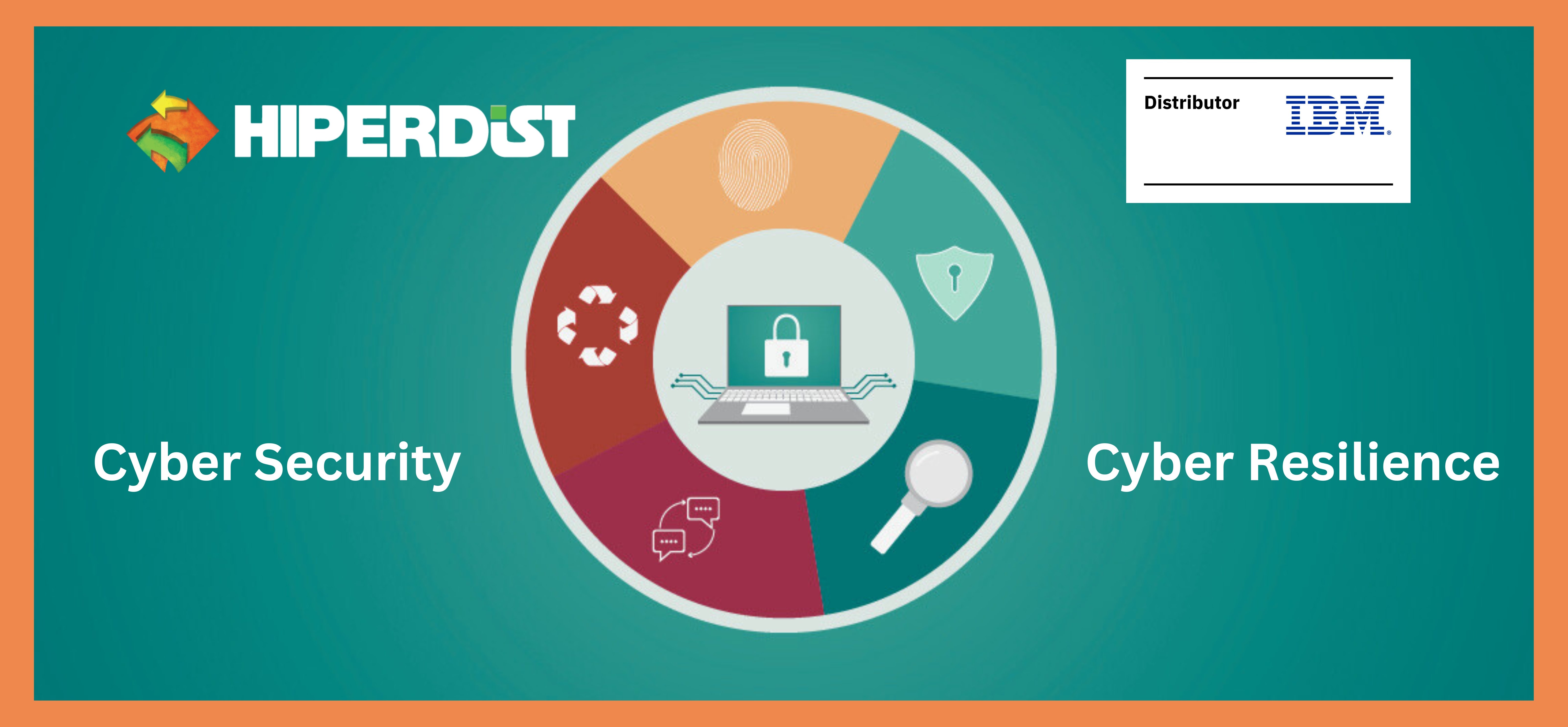
In today's ever-evolving cyber threat landscape, a reactive approach to security isn't enough. Organizations need to move beyond the focus on prevention and build true cyber resilience. This means cultivating the ability to anticipate, absorb, recover from, and adapt to cyberattacks.
Why Cyber Resilience Matters
The 2021 Cost of a Breach Study reveals that the cost of cyberattacks continues to skyrocket. Similarly, the Cyber Resilient Organization Report by IBM Security shows that more than 50% of organizations experienced a cybersecurity incident that disrupted information technology (IT) and business processes. Data breaches, ransomware attacks, and other cyber incidents can cripple operations, erode customer trust, and inflict significant financial damage. Consequently, a cyber resilience strategy is vital for business continuity.
It can provide benefits beyond increasing an enterprise's security posture and reducing the risk of exposure to its critical infrastructure. Cyber resilience also helps reduce financial loss and reputational damage. Furthermore, a cyber-resilient company can optimize the value that it creates for its customers, increasing its competitive advantage through effective and efficient operations. The benefits of cyber resilience includes:
In other words, a cyber-resilient organization is prepared to weather these storms. By proactively addressing vulnerabilities and having a plan in place for responding to incidents, they minimize downtime, maintain business continuity, and emerge stronger. This is because
Building Your Cyber Resilience Framework
Here are the key pillars of a robust cyber resilience framework:
-
Comprehensive Risk Assessment: The foundation of any cyber security strategy is a thorough understanding of your risk profile. This involves identifying your most critical assets, data, and systems. Next, conduct a vulnerability assessment to pinpoint weaknesses across your network infrastructure, applications, and processes. Finally, analyze potential threats and the impact they could have on your organization. This risk assessment provides a clear picture of where to focus your security efforts.
-
Multi-layered Security Controls: Based on your risk assessment, prioritize and implement a combination of security controls to address identified vulnerabilities. This might include access controls to restrict unauthorized access, firewalls to filter incoming traffic, and data encryption to protect sensitive information. Vulnerability management programs and endpoint detection and response (EDR) tools can also play a crucial role in continuously identifying and patching weaknesses.
-
Incident Response Plan: No security system is foolproof. Having a well-defined incident response plan ensures a swift and coordinated response when a security breach occurs. This plan should outline clear procedures for identifying, containing, eradicating, and recovering from an incident. It should also define roles and responsibilities for your incident response team, ensuring everyone knows their part in mitigating the damage. Regularly practice and update your incident response plan to ensure its effectiveness.
-
Culture of Security Awareness: Employees are often the first line of defense against cyberattacks. Regularly train your staff on cybersecurity best practices, including phishing email identification, strong password hygiene, and safe browsing habits. Promote a culture of open communication where employees feel empowered to report suspicious activity without fear of reprisal. This fosters a collective responsibility for cybersecurity within your organization.
-
Continuous Monitoring and Improvement: Cybersecurity is an ongoing process. Regularly monitor your systems for vulnerabilities using vulnerability scanning tools, and security information and event management (SIEM) systems. Conduct penetration testing to simulate real-world attacks and identify weaknesses in your defenses. Proactive measures like these help you stay ahead of the evolving threat landscape.
How does cyber resilience work?
Cyber resilience can be understood through a lifecycle based on the stages of the Information Technology Infrastructure Library (ITIL) service lifecycle: strategy, design, transition, operation and improvement.
- Cyber resilience strategy
Based on the organization's objectives, strategy work identifies critical assets, such as information, systems and services that matter most to it and its stakeholders. This work also includes identifying vulnerabilities and the risks that they face. - Cyber resilience design
Design work selects the management system's appropriate and proportionate controls, procedures, and training to prevent harm to critical assets, where practical to do so. The work also identifies who has what authority to decide and act. - Cyber resilience transition
Transition work from design to operational use tests controls and refines incident detection to identify when critical assets are under stress from internal, external, intentional, or accidental action. - Cyber resilience operation
Operational work controls, detects, and manages cyber events and incidents, including continual control testing to ensure effectiveness, efficiency, and consistency. - Cyber resilience evolution
Evolution work continually protects an ever-changing environment. As organizations recover from incidents, they must learn from the experiences, modifying their procedures, training, design, and even strategy.
Conclusion
Building a cyber-resilient organization requires a proactive and holistic approach. By implementing a comprehensive framework that addresses these key pillars, you can significantly reduce your risk of cyberattacks and ensure business continuity in the face of an incident. Remember, cyber resilience is not a destination, but a continuous journey of adaptation and improvement. By fostering a culture of security awareness and continually refining your defenses, you can empower your organization to thrive in the ever-changing digital landscape.
Does your organization have a plan for cyberattacks? Don't wait until it's too late. Contact us to learn more about how our security solutions can help you build a cyber-resilient organization and protect your business from costly security breaches.
